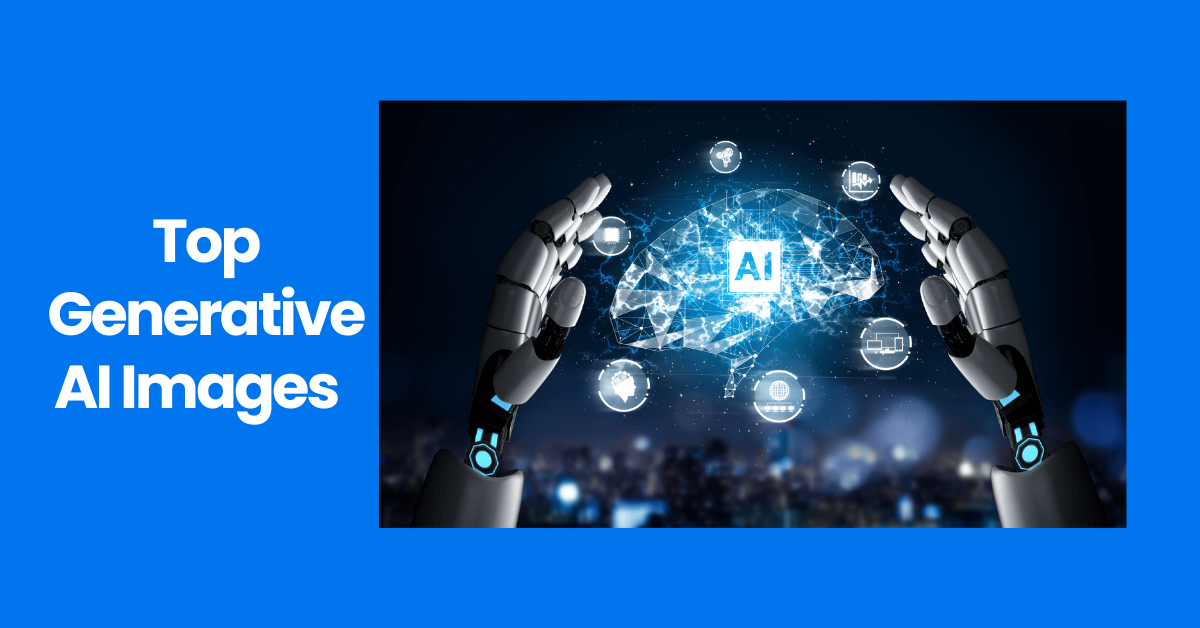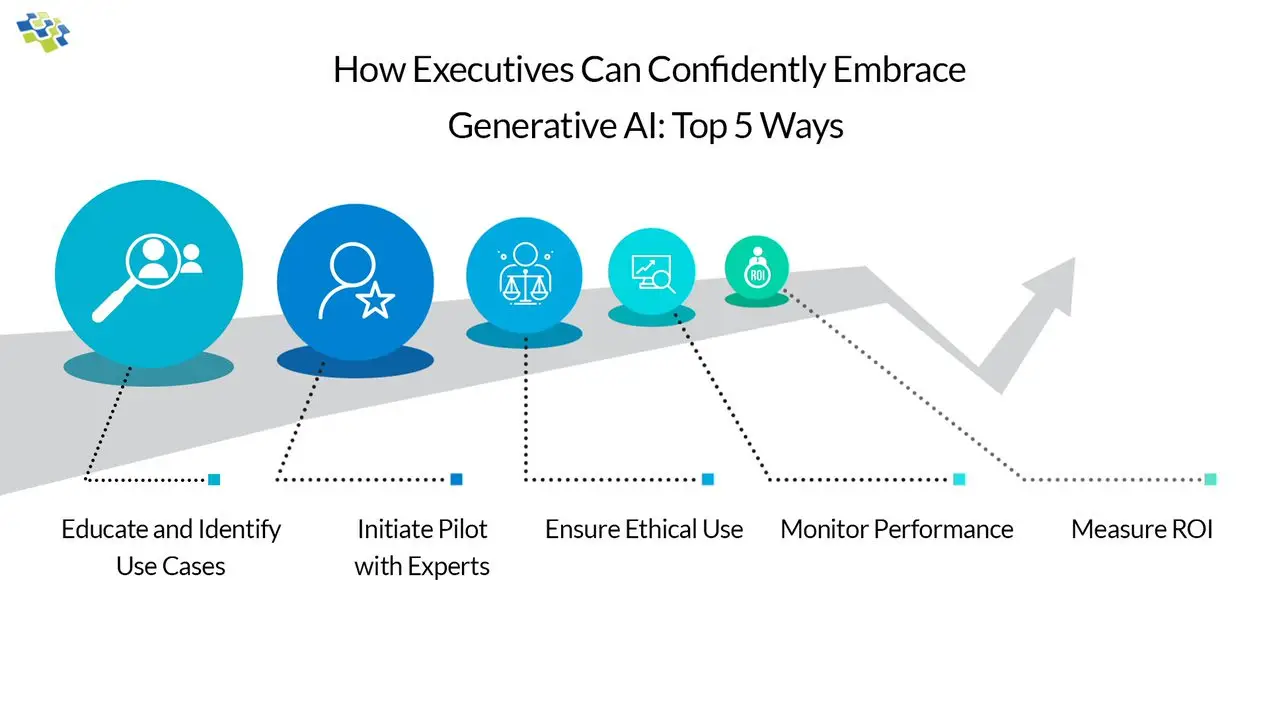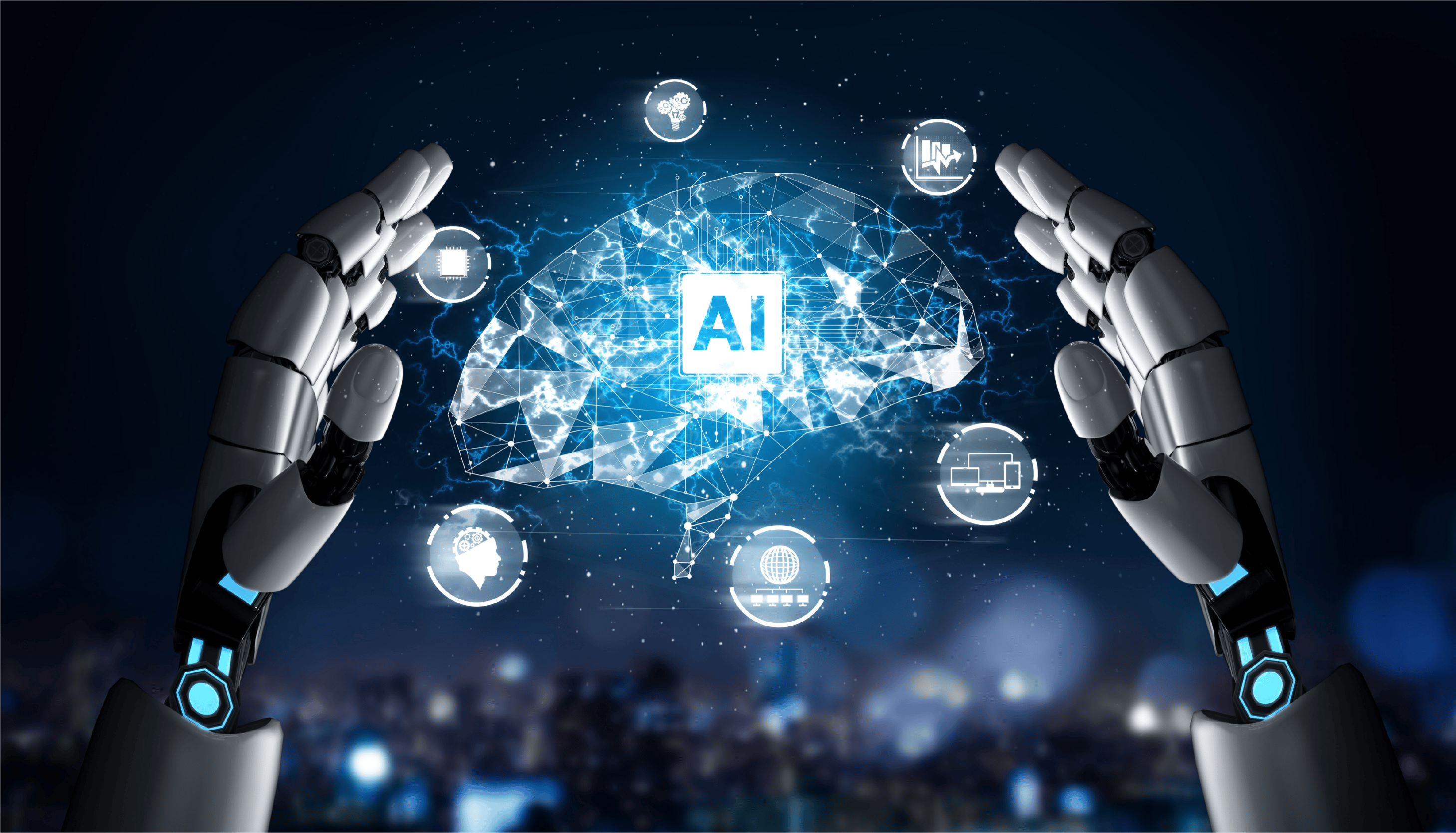
Top Generative AI Images: Unleash Creativity with AI
- Image Generators
- November 10, 2024
- No Comments
As we navigate through the dynamic landscape of creativity and technology, generative AI has emerged as a revolutionary force in image creation. By leveraging advanced algorithms and machine learning techniques, generative AI tools are transforming the way we conceptualize, design, and produce images. From artists looking to explore new frontiers to businesses aiming to enhance their marketing strategies, the applications of generative AI are vast and varied. In this comprehensive blog post, we will delve into the world of top generative AI images, examining tools, trends, and implications that come with this exciting frontier.
Top Generative AI Image Tools: A Comprehensive Overview

The evolution of generative AI has led to an array of tools designed to facilitate image generation. Each tool has its own unique features and capabilities, allowing users to explore creativity in unprecedented ways.
Understanding Generative Adversarial Networks (GANs)
Generative Adversarial Networks, or GANs, have become central to the development of generative AI images.
At its core, a GAN consists of two neural networks—the generator and the discriminator—that work against each other. The generator creates new images, while the discriminator evaluates them against real images. This process continues until the generator produces images that can fool the discriminator, resulting in high-quality visual content.
This innovative approach allows for the creation of images that are not just variations of existing works but entirely new compositions. As these networks become more refined, they can generate images that are increasingly indistinguishable from photographs or works of art.
A Survey of Popular Generative AI Tools
When discussing the top generative AI images, several tools stand out:
- DALL-E: Developed by OpenAI, DALL-E is renowned for its ability to create imaginative images from textual descriptions. DALL-E’s unique ability lies in understanding context and specificity, producing visuals that often exceed user expectations.
- Midjourney: This tool targets design and creative professionals, offering an interface that allows for collaborative exploration of ideas. Users can easily experiment with prompts and refine their outputs, making it suitable for brainstorming sessions.
- Stable Diffusion: An open-source model that emphasizes versatility and accessibility. It empowers users to generate art across various styles, catering to different artistic visions.
These tools highlight the diversity within the generative AI landscape, proving that there is something for everyone—from casual users to professional artists.
Comparison of Features and Functionalities
When choosing a generative AI tool, it’s essential to understand the specific features that distinguish them.
- Image Quality: Tools like DALL-E and Midjourney focus on generating high-resolution images that maintain clarity even when zoomed in. On the other hand, some simpler tools may produce lower-quality images better suited for quick mockups.
- User Interface: The usability of a tool plays a crucial role in its adoption. Midjourney, for instance, is designed for collaborative scenarios with intuitive interfaces, while others might require more technical prowess.
- Community Support: The strength of a community around a tool can significantly influence user experience. Platforms with active forums and user groups tend to foster innovation and provide solutions to common problems.
By comparing features, users can choose the generative AI image tool that aligns best with their needs and preferences.
Revolutionizing Creativity: How Top Generative AI Images is Transforming

Generative AI is not merely a trend; it represents a paradigm shift in the realm of creativity and image design.
Democratizing Creativity
One of the most significant impacts of generative AI is its power to democratize creativity. Traditionally, image creation required extensive training and expensive software. Today, anyone with basic digital literacy can leverage generative AI tools to express their artistic vision.
This accessibility has led to a surge of creativity among non-professionals. People from diverse backgrounds can now engage in artistic endeavors they previously thought were unattainable, sparking a renaissance of expression and collaboration.
Enhancing Human Creativity: Collaboration Between Humans and Machines
Rather than replacing human creativity, generative AI acts as a collaborator. Artists can use these tools to explore variations of their original ideas, pushing boundaries and discovering new aesthetics.
For example, an artist may start with a simple concept and utilize generative AI to produce multiple renditions. This process can lead to unexpected results that inspire further refinement or entirely new projects. Thus, rather than being a substitute for human creativity, generative AI enhances it.
Expanding Possibilities in Design
With generative AI, the possibilities for image design are virtually limitless. Designers can rapidly prototype concepts and iterate without the constraints imposed by traditional methods. This agility enables teams to respond quickly to client needs, fostering innovation in product design, advertising, and branding.
Moreover, generative AI can analyze market trends and consumer preferences, offering insights that inform design choices. By harnessing data-driven insights, creative professionals can craft images that resonate with target audiences, maximizing engagement.
Beyond the Hype: The Real Applications of Generative AI in Image Creation

While generative AI images may capture headlines, their practical applications are equally compelling.
Use Cases in Advertising and Marketing
In the world of advertising, generative AI can streamline the creation of promotional materials. Brands can generate personalized images tailored to specific demographics, enhancing the effectiveness of marketing campaigns.
Imagine a clothing retailer utilizing generative AI to create custom graphics for social media posts that align with seasonal trends. This adaptability allows brands to maintain relevance and connect with consumers in meaningful ways.
Applications in Film and Animation
Generative AI is also making waves in the film and animation industries. Artists can quickly generate backgrounds, character designs, and even entire scenes, expediting the creative process.
Furthermore, AI-generated imagery can be utilized in pre-visualization, helping filmmakers visualize complex scenes before committing resources. The potential for experimentation opens up new avenues for storytelling and artistry.
Enhancing User Experience in Gaming
In the gaming industry, generative AI can dynamically create environments, characters, and even narratives. This capability leads to richer user experiences, as players encounter unique landscapes and challenges during gameplay.
For instance, procedural generation techniques powered by generative AI allow developers to craft expansive worlds filled with intricate details. Players can explore infinite possibilities, enhancing replayability and engagement.
From Text to Image: Exploring the Power of AI-Generated Art
One of the most exciting developments in generative AI is its ability to transform textual descriptions into vibrant images.
Bridging Language and Visual Art
Tools like DALL-E exemplify this remarkable capability. Users provide descriptive text prompts, and the AI interprets those prompts to generate corresponding visuals. This bridge between language and imagery not only showcases the versatility of AI but also invites creative exploration.
The potential for artists and writers to collaborate is immense. An author could describe a fantastical world they envision, while the AI brings that description to life. This synergy fosters deeper connections between narrative and visual art, enriching both forms of expression.
Creative Writing Meets Artistic Visualization
Integrating text-to-image tools into writing processes encourages authors to visualize concepts and settings, enhancing their storytelling. Instead of relying solely on words, writers can reference AI-generated visuals to evoke emotions and immerse readers in their narratives.
For example, a fantasy writer may generate images of their characters and settings, using these visuals as inspiration to develop more nuanced descriptions. This interplay between text and image enriches the overall storytelling experience.
Generating Unique Art Styles
Text-to-image functionality also facilitates experimentation with various artistic styles. Users can specify styles ranging from impressionism to surrealism in their prompts, leading to unexpected yet captivating interpretations.
This versatility allows for the exploration of aesthetics that align with personal tastes or project requirements. Artists can step outside their comfort zones and discover new visual languages that resonate with audiences.
Unleashing the Potential: Top Generative AI Image Tools for Different Needs
Given the diversity of generative AI tools available today, it’s essential to identify which ones cater to specific needs.
Creative Explorations with DALL-E
DALL-E stands out as a highly versatile tool for creative exploration. Its ability to generate imaginative visuals from textual prompts makes it ideal for artists and designers seeking inspiration.
Whether creating album covers, book illustrations, or social media graphics, DALL-E simplifies the ideation process. Users can input detailed descriptions, enabling them to visualize concepts that may otherwise remain abstract.
Collaborative Design with Midjourney
Midjourney targets creative teams looking for a collaborative platform. With an emphasis on ease of use, users can brainstorm together, refining images based on collective feedback.
This collaborative spirit fosters teamwork and innovation, allowing teams to merge artistic visions seamlessly. As ideas evolve, Midjourney serves as a digital canvas where creativity knows no bounds.
Versatility and Accessibility with Stable Diffusion
Stable Diffusion offers a unique blend of versatility and accessibility. As an open-source model, it invites users to tinker with parameters, generating images that reflect individual artistic styles.
This flexibility appeals not only to professionals but also to hobbyists who wish to explore generative art. Since it is open-source, users can contribute to its development, further enhancing the tool’s capabilities over time.
The Future of Image Creation: Generative AI and the Rise of AI Artists
The advent of generative AI has ushered in a new era of image creation—one where AI artists coexist alongside human creators.
Redefining the Role of Artists
As generative AI tools continue to evolve, the role of artists is shifting. Instead of being sole creators, artists increasingly become facilitators, guiding AI systems to produce desired outcomes.
This partnership presents both opportunities and challenges. While some artists embrace AI as a means to expand their capabilities, others grapple with the fear of losing authenticity in their work. Navigating this evolving landscape requires a re-examination of what it means to be an artist in the digital age.
The Emergence of AI as Collaborators
AI artists are not mere automatons; they represent a new breed of collaborators. Their ability to suggest variations and generate unexpected ideas encourages artists to push their creative boundaries.
For instance, an artist working on a mural can leverage AI-generated patterns to explore novel compositions, blending human intuition with AI’s computational prowess. This synergy enhances artistic expression, leading to innovative outcomes.
Cultural Impact of AI-Generated Imagery
The rise of AI-generated images raises questions about cultural significance and authenticity. As machines produce art, society must grapple with defining art and its value in an increasingly automated world.
Discussions surrounding ownership, copyright, and ethical considerations become paramount. Who owns an artwork generated by AI? How do we attribute value to AI-generated pieces compared to traditional art forms? These questions invite critical examination and dialogue as we navigate this brave new world.
Ethical Considerations: Exploring the Challenges and Opportunities of AI-Generated Images
With great power comes great responsibility. The emergence of generative AI in image creation is accompanied by ethical considerations that necessitate careful reflection.
Addressing Copyright Issues
One pressing concern revolves around copyright. When an AI generates an image based on existing works, questions arise regarding ownership and intellectual property rights.
Artists and creators need to consider how AI-generated images intersect with traditional copyright laws. Establishing guidelines and frameworks for attributing credit and ownership is crucial to ensuring a fair ecosystem for all contributors.
The Challenge of Authenticity
As generative AI becomes more prevalent, the concept of authenticity faces scrutiny. Can an image created by a machine possess the same emotional resonance as one crafted by a human hand?
This question challenges our perceptions of art and creativity. While AI-generated images can be visually stunning, their lack of human experience and intent may lead some to question their intrinsic value.
Mitigating Bias in Training Data
Another ethical challenge involves bias in training data. If generative AI models are trained on datasets lacking diversity, they may perpetuate stereotypes or fail to accurately represent marginalized communities.
Developers and researchers must proactively address these biases, striving to create inclusive and representative AI systems that respect the rich tapestry of human experience.
Democratizing Creativity: How Generative AI is Making Image Creation Accessible to All
Generative AI is not confined to the realm of experts; it is breaking down barriers and empowering individuals from all walks of life to engage in creative pursuits.
Empowering Non-Traditional Artists
For those who may not have formal training in art or design, generative AI tools serve as gateways to creativity. These platforms enable diverse voices to express their ideas visually, enriching the cultural landscape.
Hobbyists, educators, and aspiring artists can explore generative AI without the steep learning curve traditionally associated with image creation. This newfound accessibility transforms the way we perceive creativity and artistic expression.
Fostering Inclusive Communities
As generative AI gains traction, online communities are emerging to support and celebrate creators of all levels. Platforms dedicated to sharing AI-generated art allow individuals to showcase their work, receive feedback, and collaborate with others.
These virtual spaces encourage dialogue, creativity, and mentorship, fostering a sense of belonging among diverse creators. The democratization of creativity reshapes traditional artistic hierarchies.
Encouraging Experimentation and Play
Generative AI invites a culture of experimentation and playfulness. Users can generate countless iterations in a matter of seconds, encouraging risk-taking and exploration without fear of failure.
This playful approach to creativity nurtures innovation. Artists can take bold steps, confident that generative AI will catch their imagination and translate it into captivating visuals.
The Rise of AI-Generated Images: A New Era of Visual Content Creation
With the proliferation of generative AI tools, we find ourselves at the brink of a new era in visual content creation.
Shaping Trends in Digital Media
The rise of AI-generated images is already influencing trends in digital media. Brands, marketers, and content creators are integrating AI-generated visuals into campaigns, often using these images to convey messages in innovative ways.
As audiences become accustomed to seeing AI-generated content, we anticipate a gradual shift in aesthetic preferences and expectations. This evolution will shape the future of visual storytelling.
The Impact on Traditional Art Forms
As AI-generated images gain recognition, traditional art forms may undergo transformation. While some may view AI as a threat, others embrace it as a catalyst for change.
Artists might explore hybrid practices, merging traditional techniques with generative elements. This fusion could redefine artistic genres, giving rise to fresh styles that captivate audiences.
Navigating the Future Landscape
The future of image creation will likely involve a harmonious coexistence between humans and AI. As tools advance, the emphasis will remain on creativity, storytelling, and self-expression.
To thrive in this new landscape, creators must adapt to evolving technologies while staying true to their artistic vision. The key lies in embracing AI as a partner rather than a competitor—allowing for growth, collaboration, and boundless creativity.
From Inspiration to Reality: Using Generative AI Tools to Bring Your Ideas to Life
Generative AI offers a transformative approach to turning ideas into reality, bridging the gap between inspiration and execution.
Ideation and Concept Development
The journey begins with ideation—a critical phase where ideas are born. Generative AI tools can assist in brainstorming sessions, providing visual representations of concepts.
For example, an interior designer can input themes and styles, generating multiple room layouts and color palettes. This visual communication streamlines collaboration with clients, enhancing the decision-making process.
Prototyping and Iteration
Once concepts are established, generative AI tools empower rapid prototyping. Designers can experiment with different elements—color schemes, textures, and layouts—without the constraints of traditional methods.
This iterative process fosters innovation, as creators can pivot quickly and explore new directions based on real-time feedback. The ability to visualize possibilities accelerates the journey from idea to implementation.
Finalizing Designs with Confidence
Having explored various iterations, creators can finalize their designs with confidence. Generative AI tools offer insights into market trends and audience preferences, ensuring that final outputs align with strategic goals.
This blend of creativity and data-driven decision-making positions artists and designers for success in an ever-evolving landscape.
Conclusion
As we look ahead, the world of top generative AI images presents endless possibilities for creativity, expression, and collaboration. From revolutionizing the way we design to democratizing access to artistic tools, generative AI is reshaping the landscape of image creation.
However, with these exciting advancements come ethical considerations, challenges, and opportunities that require thoughtful navigation. As we embrace this brave new world, we must collectively define the role of AI within the artistic sphere and ensure that it enhances rather than diminishes the human experience.
As we forge ahead into this uncharted territory, let us celebrate the fusion of technology and creativity, honor the diverse voices that emerge, and cultivate a rich tapestry of visual storytelling that resonates with audiences for generations to come.
Looking to learn more? Dive into our related article for in-depth insights into the Best Tools For Image Generation. Plus, discover more in our latest blog post on open ai image generation. Keep exploring with us!
Related Tools:
Image Generation Tools
Video Generators
Productivity Tools
Design Generation Tools
Music Generation Tools
